Crossroads for Uganda Airlines as Tanzania selects 787 ‘Dreamliner’
Kampala January 9 – With Tanzania defining her fleet further with last month’s purchase of a single Boeing 787-8 Dreamliner, the attention of aircraft manufacturers and regional air transport industry analysts is shifting to the likely fleet choice for Uganda’s revamped national carrier.
Tanzania’s choice may have been informed by factors such as having previous experience with Boeing aircraft which use of the possible availability of local cockpit and engineering crew who would just need short cross qualification courses on the 787. Yet as Kenya Airways has demonstrated, the 787 is a Boeing but a very different aircraft in terms of design, materials and systems. Even with a solid history of Boeing types, Kenya Airways has had to outsource major maintenance to Etihad.
So having already committed to the Dash8 Q 400 for and the CS300 with Canadian air framer Bombardier for its short haul and medium range operations, Air Tanzania like Rwandair, has waded into mixed fleet territory without the advantage of scale. The aircraft which is expected to arrive mid-June will see ATC’s fleet composed of two primary aircraft types – Bombardier and Boeing.
While it comes with the advantage of achieving a better fit for particular routes, a mixed fleet without scale potentially compounds an airlines airline’s cost structure. Imagine stocking spares for a single aircraft. A spare engine that serves a fleet of one could as well backup a fleet of six aircraft. That goes for the other parts such generators, starters and critical electronic modules. You will need cross-qualified engineers as well.You either need high efficiency gains or gradual scaling up to rationalize costs.
Given the unfolding vista of airline competition in the region, Uganda may not escape a mixed fleet. There are so many routes that the 76 seat NextGen may prove too big and unprofitable to operate in the short term. Also, Uganda’s opportunities for fast growth are actually in the eastern DRC cities of Goma, Beni and a few other locations that the DRC is willing to open up. Those locations cannot accommodate jet aircraft. Yet the QU-neo will have to comb them for connecting traffic.
There might be some mutual advantage for Uganda to also consider the A330 for its long haul fleet. That way, through collaboration with Rwandair you may work out an arrangement for pooling spares. It saves everybody money while allowing product parity.
Initial information suggests that the CRJ900 NextGen is a prime candidate for the short-haul fleet. That is a reasonable choice considering the pool of ex- Air Uganda engineering and cockpit crew that are qualified on the baseline CRJ types. They will only need to go through short differences courses between the CRJ200 that they are already qualified on to be licensed to fly the NextGen.
That goes for other engineering resources as well; Air Uganda had established some reasonable capacity of competent Ugandans in Entebbe.
Rwandair operates three aircraft types – Boeing, Bombardier and now Airbus. Uganda might have to concentrate around Airbus, Bombardier and Embraer because the latter has smaller turbo-props that can optimally operate into small airfields both within Uganda and the region to support a flexible feeder network.

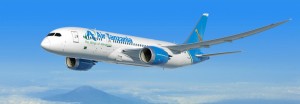
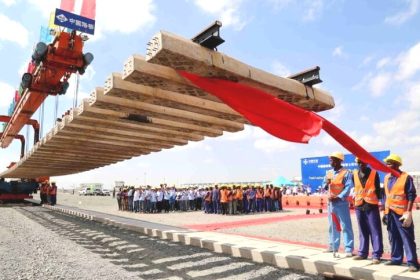 AfDB puts up nearly $700m for Burundi-Tanzania SGR link
AfDB puts up nearly $700m for Burundi-Tanzania SGR link
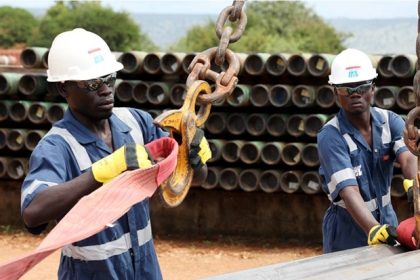 Bank of Uganda keeps base rate at 9.5% to support surge in GDP growth
Bank of Uganda keeps base rate at 9.5% to support surge in GDP growth
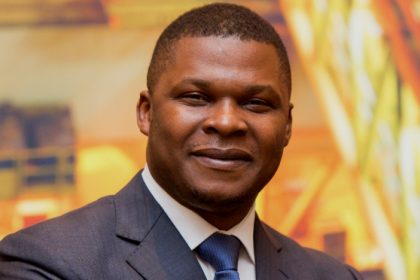 Africans must resist being bulldozed in energy transition timetable debate
Africans must resist being bulldozed in energy transition timetable debate
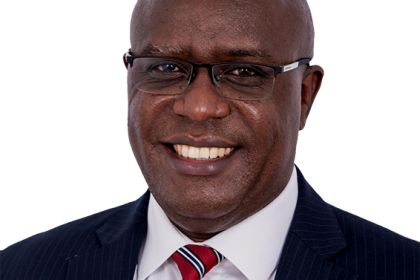 Standard Bank Group appoints new Chief Executive for Uganda Holdings
Standard Bank Group appoints new Chief Executive for Uganda Holdings
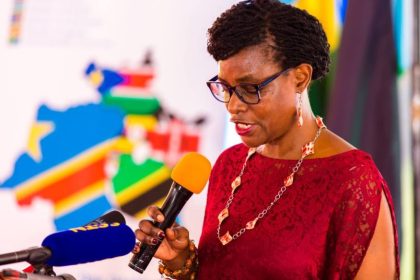 TradeMark Africa introduces new App to limit EAC trade barriers
TradeMark Africa introduces new App to limit EAC trade barriers
 Employer hiring up during November as Stanbic PMI rises to 53.4
Employer hiring up during November as Stanbic PMI rises to 53.4
